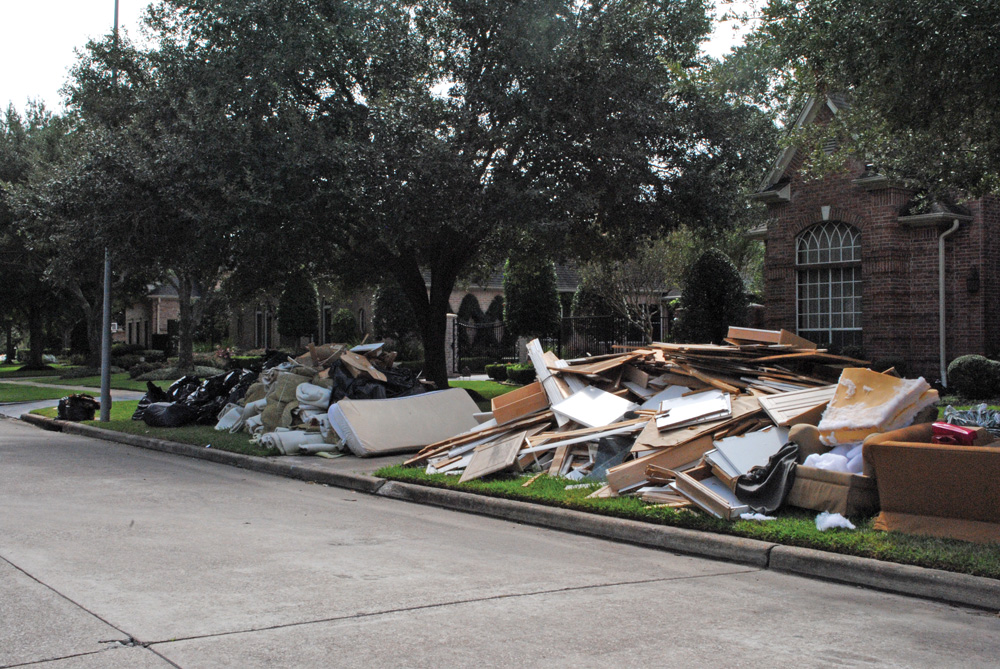
Ange Mertens
By Ange Mertens
Spring has sprung! And in the Bay Area it seems to keep springing back and forth to a late winter — which has caused a lot of us to postpone the yearly spring cleaning of our closets.
But now it is time to take inventory of our wardrobes. First purge, go through and find any clothing that need repairs or alterations. If they can be fixed, then take the time to get that done. If they can’t be repaired or really are just never going to fit you, get rid of them.
Next go through your closet and get rid of things that you no longer need. If you haven’t worn it in a year, or every time you reach for it you put it back, you don’t need it! Donating clothes is a wonderful thing to do, especially after events like Hurricane Harvey. But remember when you donate, that just because people are in need at a specific time, does not mean that they want your junk!
PLACES TO DONATE
Donate gently loved stylish clothing. Think about donating to some local organizations like the Bay Area Turning Point and Interfaith Caring Ministries. The Assistance League of Bay Area also has the Cinderella Project that needs your formal dresses so they can provide a wonderful prom experience for local underprivileged girls. Suits and professional clothing for men and women can be donated to Suit Up for Veterans at any local ACU of Texas branch.
The next step after closet spring cleaning is to purchase a few basic pieces to update your wardrobe. Feminine is the hottest new trend for spring and fall fashions. The runways are full of pastel colors( especially lavender), ruffles, and sheer fabrics. Plaids and checked patterns and florals are all the rage, sometimes even mixed together. And fringe is everywhere! On shirts and shoes, shirts, jackets and accessories.
And, speaking of accessories, fun 80s influences are being seen with chokers and layered necklaces. Jumpsuits also are gracing the runways in both long and short versions. Take a few of these trends and add them to your wardrobe to freshen up your style. Shop local.

Brunch offerings at Marais in Dickinson. Photo by Amber Sheffield
A HIDDEN GEM
I took my daughter, Amber, with me to try out the Sunday brunch at the surprising hidden gem called Marais on Benson Bayou in Dickinson. They have a fabulous spread with everything from an omelette bar to crawfish. General Manager Nick Stephenson recommended some of their specialties like chicken and waffles and banana foster bread pudding, and they didn’t disappoint!
Amber tried their famous Bloody Mary that comes with a friend green tomato, bacon and shrimp as it’s garnish, and said it lived up to the hype. They also are known for their fusions vodka and rum, and have a Absinthe bar.The New Orleans influenced restaurant, owned by Keith and Holly Lilley, is a sprawling building over several levels and their Chef du jour Carole Barnett says they serve four separate menus. The main dining room is for elegant dining where you can enjoy sumptuous steaks and seafood platters and enjoy the service of an attentive wait staff.

Cajun Bloody Mary at Marais in Dickinson. Photo by Amber Sheffield
There is the Marais and Benson bar where you can hang out literally by sitting in a fun swing, and the waterside Plank Bar offers beautiful views and will have live music on Saturdays. They have Girls Martini Night Out on Tuesdays, Wine and Whiskey Wednesdays and Crawfish Thursdays.
HEROES FED
For all of these wonderful things that Marais is, giving is the best thing they are! During the unprecedented floods of Hurricane Harvey the restaurant received devastating damage and lost the Plank Bar and its sister restaurant, Dickinson BBQ.
Ninety percent of Dickinson was flooded and people were in need. Volunteers from all over and first responders alike were all heroes who came to help clear the startling ruin that had taken over the city.
Hungry heroes have to be fed and Marais, Keith Lilley, Frank Pannitti, Carole Barnett, and Carol Rogers rose to the occasion and fed those heroes, and in the process became heroes themselves. For a week and a half they showed up and fed a city in pain. The city of Dickinson is emerging from the flood like a Phoenix from the fire and Marais and their special employees are a part of that miracle.
 In January, the City of Houston began to send out Substantial Damage Letters to City of Houston residents living in the 100-year flood plain or floodway. Residents that do not live in the 100-year flood plain or floodway should not receive Substantial Damage Letters.
In January, the City of Houston began to send out Substantial Damage Letters to City of Houston residents living in the 100-year flood plain or floodway. Residents that do not live in the 100-year flood plain or floodway should not receive Substantial Damage Letters. Clear Lake project saves many homes from flooding
Clear Lake project saves many homes from flooding

 Two months after Hurricane Harvey unleashed widespread devastation throughout southeast Texas, Harris County Judge Ed Emmett has proposed a series of responses designed to protect the lives and property of Texans from the next flooding disaster.
Two months after Hurricane Harvey unleashed widespread devastation throughout southeast Texas, Harris County Judge Ed Emmett has proposed a series of responses designed to protect the lives and property of Texans from the next flooding disaster. By Mary Alys Cherry
By Mary Alys Cherry

